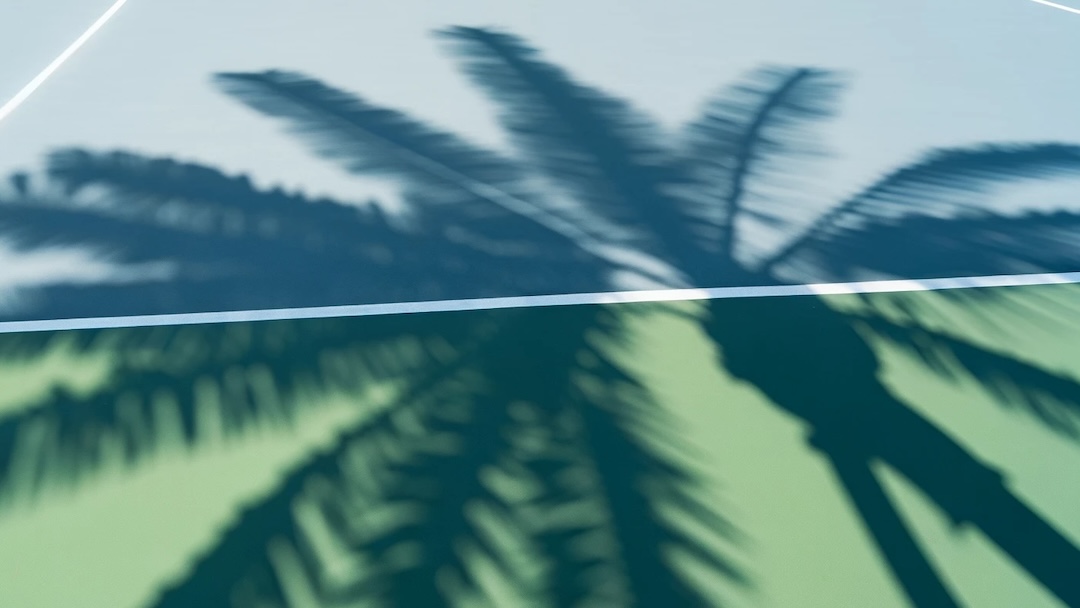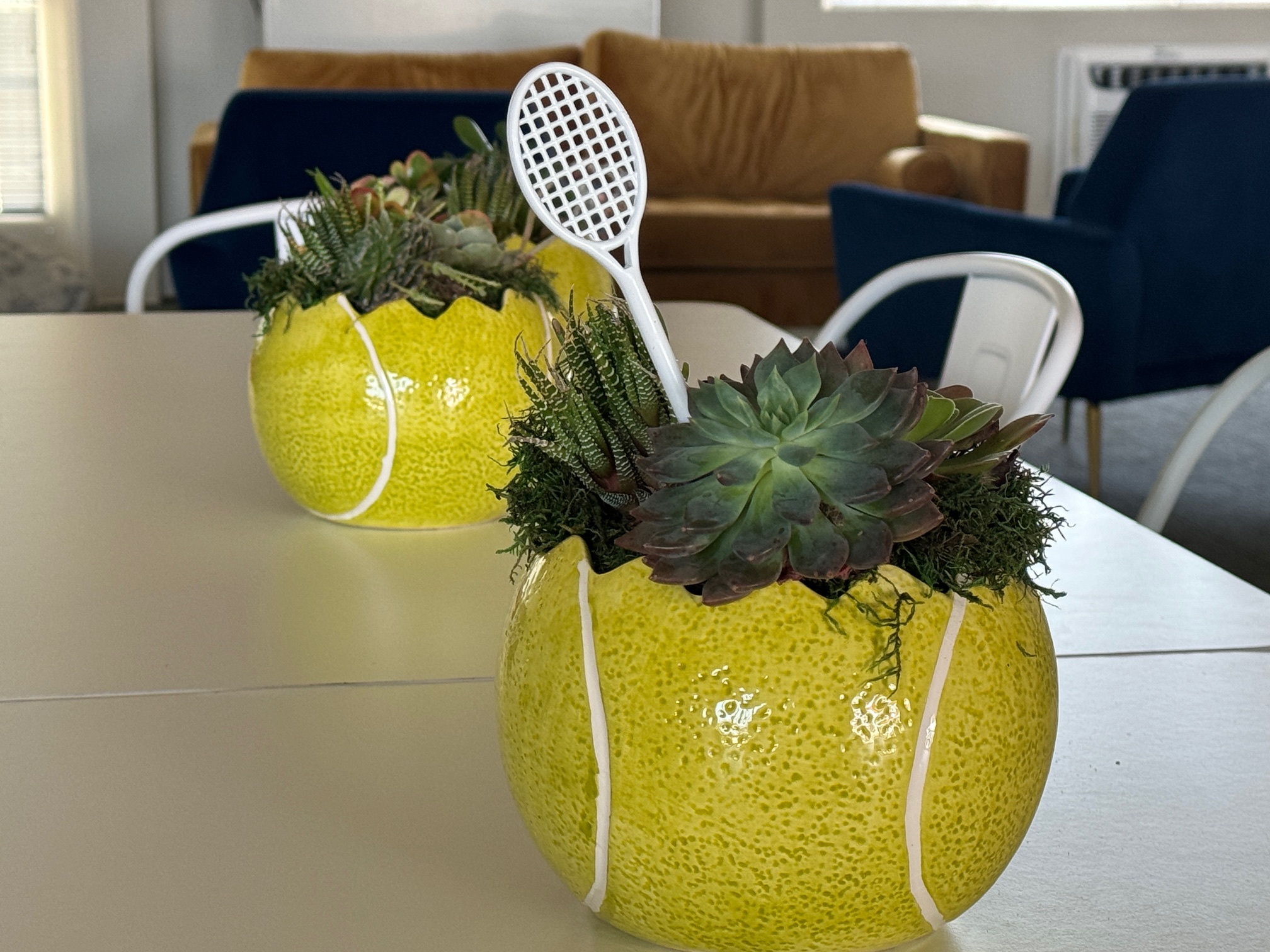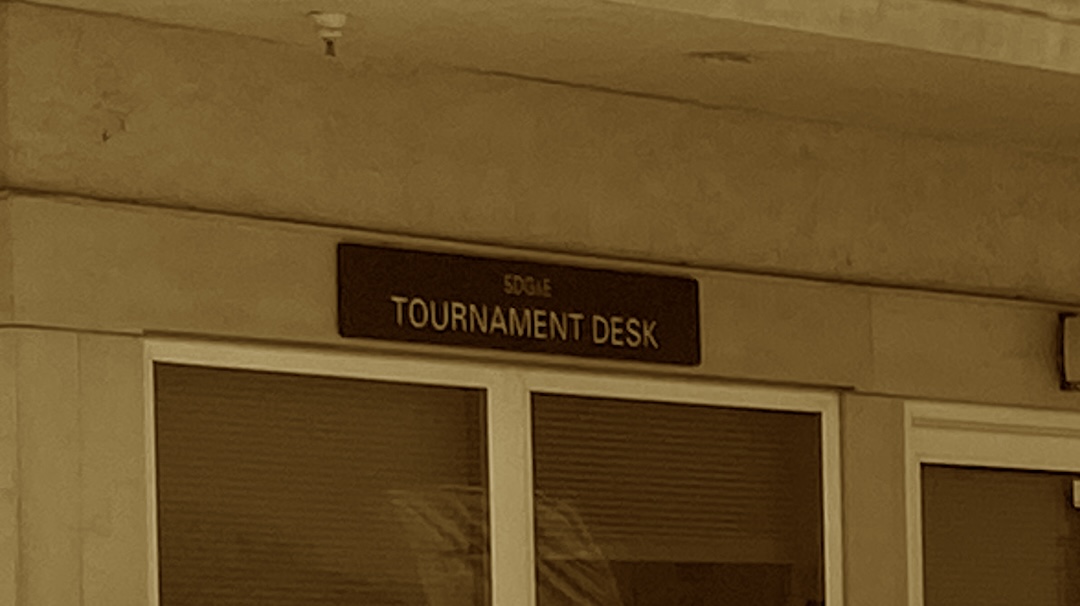There is a lot more in the Friend at Court about the lines than I had anticipated. In addition to declaring the placement and dimensions, the early mentions of the lines provide a basic vocabulary for each line that tennis players take for granted but is necessary to succinctly describe future rules.
The lines at the ends of the court are called baselines and the lines at the sides of the court are called sidelines. Two lines shall be drawn between the singles sidelines, 21 feet (6.40 m) from each side of the net, parallel with the net. These lines are called the servicelines.
USTA, Friend at Court, 2019
The placement of the center serviceline is also described as halfway between and parallel to the sidelines in the area closest to the net. The placement of the center tick on the baseline is also described.
Precise dimensions for the width of each line are provided. The center serviceline and center mark are to be 2 inches wide. The other lines of the court may be between 1 and 2 inches, which I am not sure I have ever seen a court in he less than 2 inch configuration. The exception to this is that the baseline may be up to 4 inches.
It is also indicated that the court dimensions are to be taken from the outside of each line. The lines are required to be the same color, but this color is not required to be white. Rather the color is to be a clearly contrasting color from the rest of the court surface.
There is nothing in the rules requiring the lines to be a texture that produces the characteristic kick or skid off the line. Most tennis players will also be aware that when light precipitation occurs that the lines are usually the slickest part of the court. My engineering brain wakes up and wonders why this is the case and starts contemplating quick methods for measuring the coefficient of friction of the court surface. This would also be helpful for understanding the relative “speed” of different courts.
As I write the preceding paragraph, I also find myself wondering if the perception that the ball bounces differently when it catches a line is real or if it is an optical illusion. This leaves my engineering brain wondering about effective methods to investigate the actual physics of this phenomenon.
Any time there is a lines discussion, my brain also starts playing a Isuzu commercial that ran in 1992, “Stay Between the Lines” which is where the title of this post was derived from.
- United States Tennis Association (2019) Friend at Court. White Plains, NY



